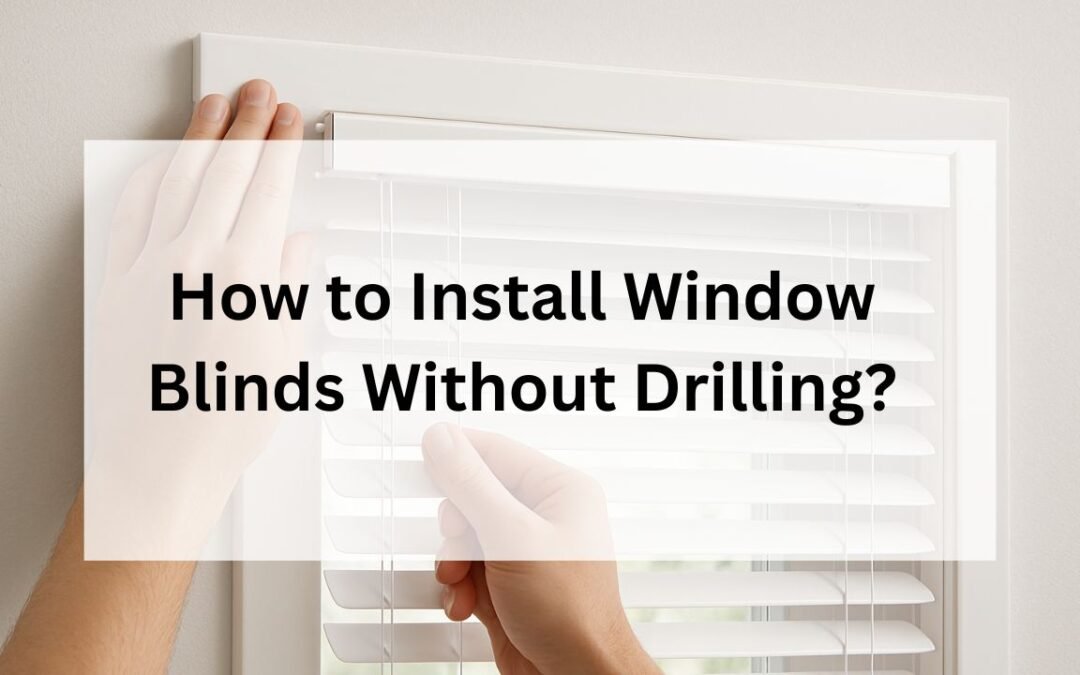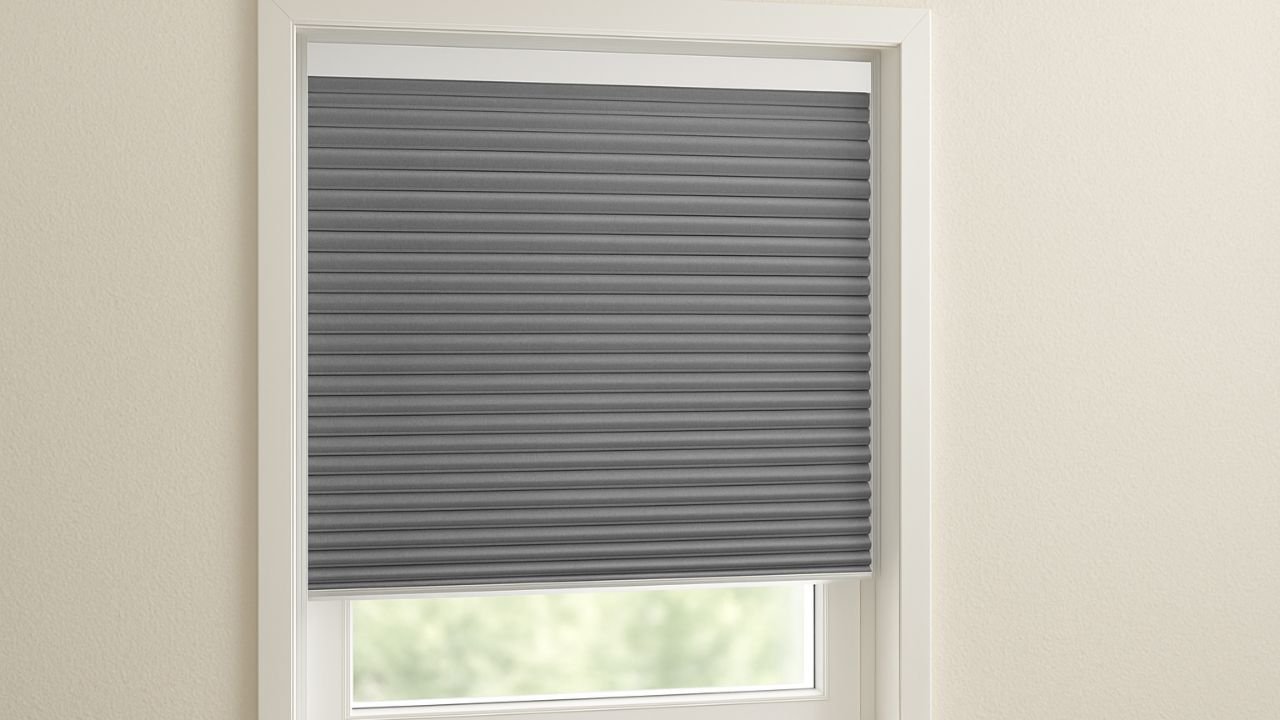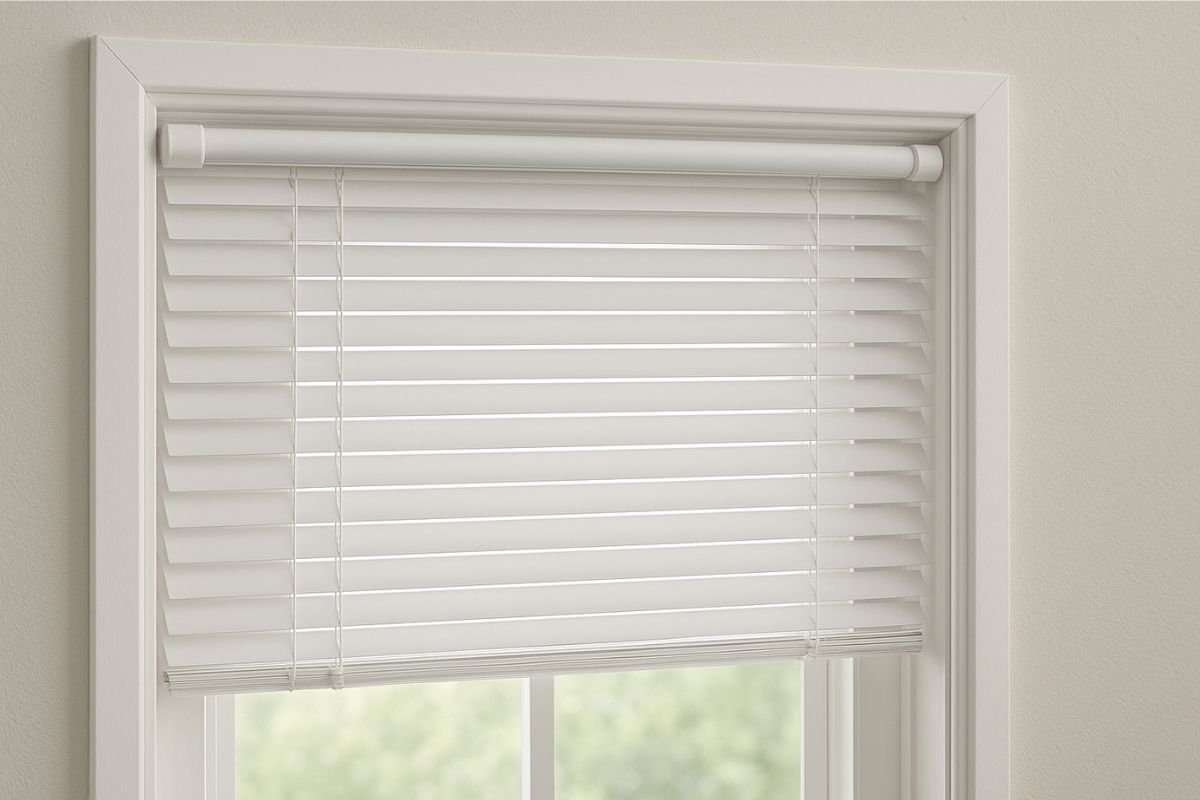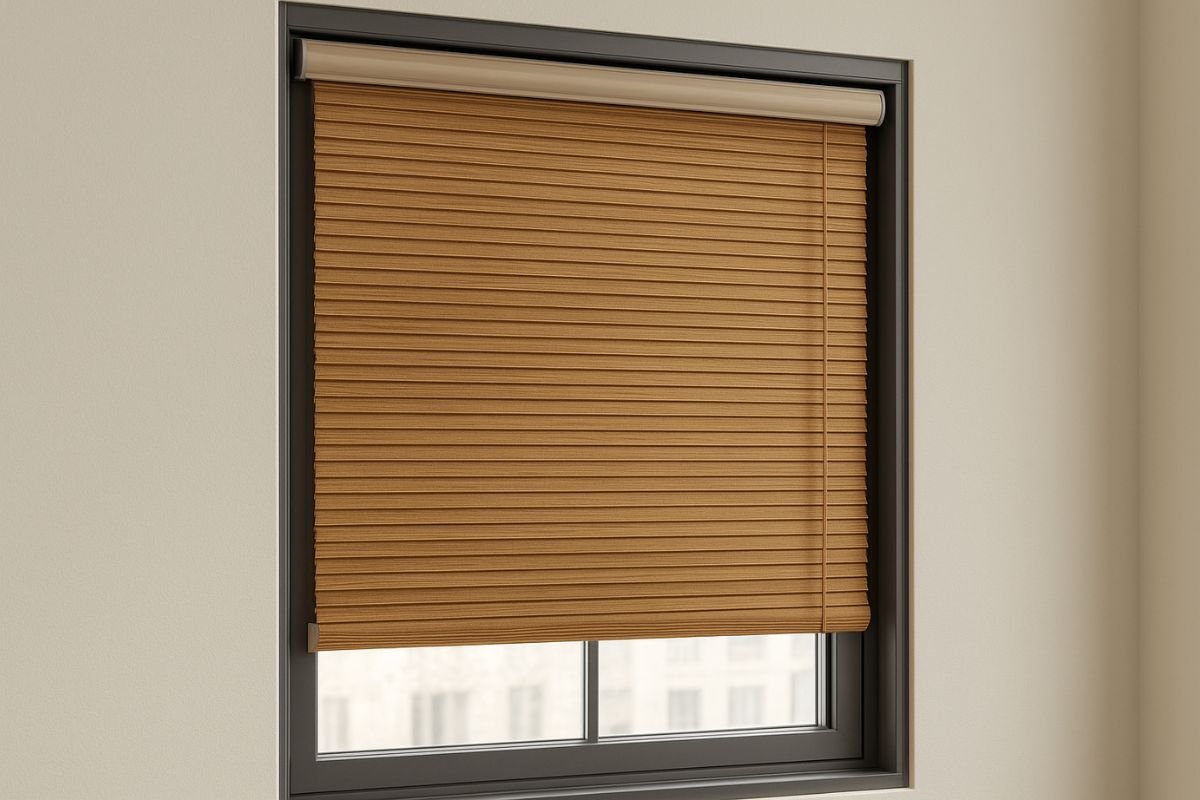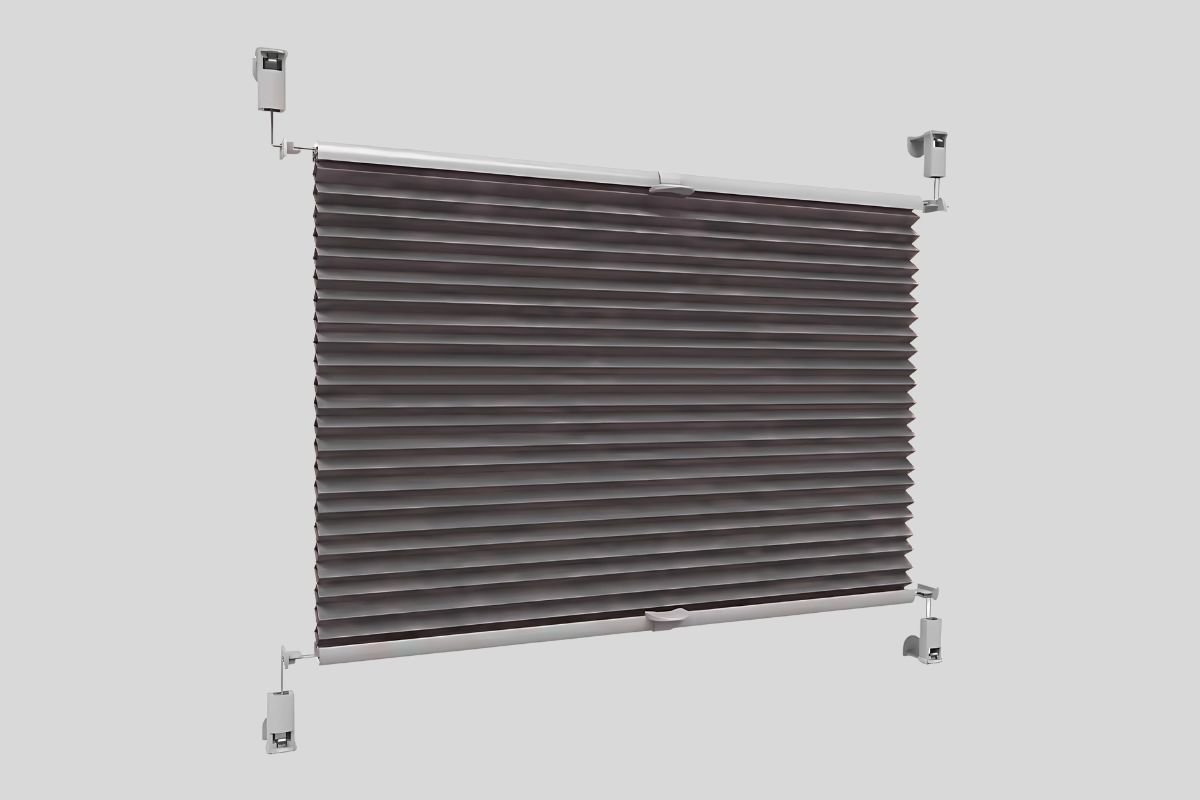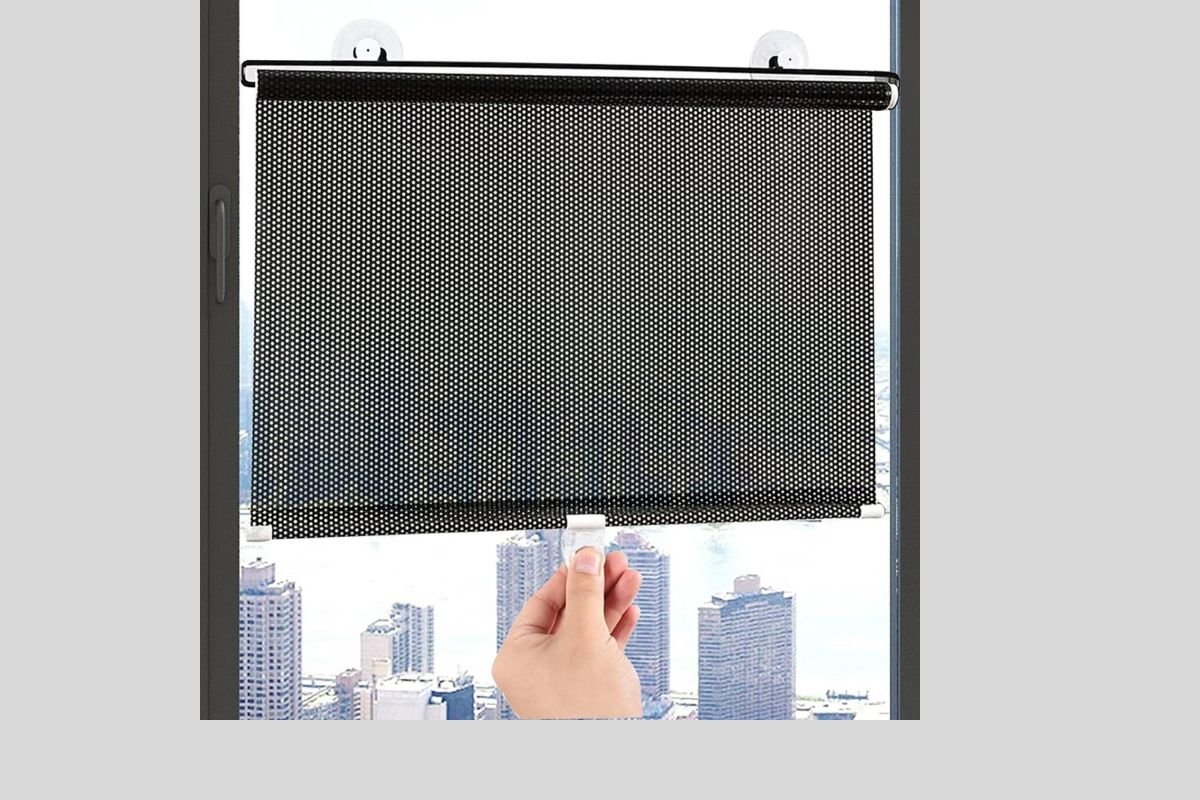More and more homeowners and interior designers are opting for window blinds as the preferred window covering solution. The reasons are simple: they are an instant style upgrade, and they provide better privacy for a room. The problem with these blinds is that their installation feels a bit more of a hassle compared to curtain fitting.
Many renters, students, and homeowners hesitate to install them because traditional blinds require drilling holes into walls or window frames. This not only leaves permanent marks but can also void rental agreements. Thankfully, no drill blinds have become more widely available, offering damage-free, renter-friendly, and hassle-free installation options. Whether you’re outfitting an apartment, a dorm room, or even a villa, this guide covers everything you need to know about installing blinds without drilling.
Why Choose No-Drill Blinds?
Any normal window blind will require the use of brackets that you must screw into the walls or the window frame. Yes, this method is the most secure one, but it will lead to some damage to the wall and window frame. Also, it’s quite a hassle to move these blinds once they are fixed in a place. This is where the no-drill blinds come to the rescue. They are quick to install, cause no damage to the walls or windows, and are easy to remove and reinstall. These are ideal as temporary blinds in Dubai/UAE for student housing units or even for villas with flexible interior designs.
However, no-drill options are generally less durable than drilled blinds and may not support heavy or oversized blind types.
Types of No-Drill Blinds
You must know that while there are no-drill blinds, they are by no means all the same. They vary in your needs, and you must choose from a variety of their designs to experience a damage-free fitting.
1. Adhesive Blinds
These are the stick-on window blinds that have strong adhesive strips top. You must only peel the backing layer and press it onto your window frame or the wall. They usually feature PVC or fabric for the light-blocking part and are ideal for small windows.
These type of window blinds are best for small windows, temporary setups, smooth painted or metal frames.
Pros:
-
Fastest installation method
-
Affordable
-
Ideal for renters
Cons:
-
Adhesive may damage paint when removed
-
Limited weight support
-
May weaken in humid environments
2. Tension Rod Blinds
These tension rod blinds are just the shower curtain rod. The tension rods will fit with precision within the window frame without needing any screws. The pressure on both ends is what holds the rod in place. A perfect solution for any renter who requires an easy blind setup.
These are best for inside-mounted blinds in narrow window frames.
Pros:
-
No adhesives or drilling required
-
Reusable and adjustable
-
Easy to reposition
Cons:
-
Limited weight support (not suitable for heavy blackout blinds)
-
Can slip if not tightened properly
-
Not suitable for very wide windows
3. Magnetic Blinds
If you have metal window frames, the magnetic blinds are your best bet. They easily attach with the use of magnetic strips to make both the installation and removal easy. No tools are needed, no drilling holes, simply snap them on. These blinds come in materials like an aluminium frame with a bamboo finish.
The magnetic blinds are ideal for metal-framed windows, offices, or industrial settings.
Pros:
-
Easy to snap on and remove
-
Durable with light-to-medium blinds
-
No adhesives, no marks
Cons:
-
Only works with metal frames
-
Limited product variety compared to adhesive/tension options
4. Clamp Blinds
This blind style comes with clips that will attach directly to the top of your window’s frame. The clamp blinds are known for their durability and secure fitting, yet you can remove them without leaving a sign of damage. They will feel as if the blinds are permanently fixed in the window frame, but there won’t be any drilling.
These blinds are best for standard window frames where clamps can grip securely.
Pros:
-
Very stable compared to adhesive or suction methods
-
Damage-free
-
Can support heavier blinds than tension rods
Cons:
-
Limited compatibility (requires the right frame depth)
-
May leave slight pressure marks on wood over time
5. Suction Cup Blinds
Yes, you can have blinds fitted with suction cups as well. This is not a common product, but they are indeed one of the amazing removable blind options. They work best for glass doors or any smooth surface window. They usually come with a lightweight fabric construction to work ideally as temporary blinds.
These window covering are best for glass doors, smooth windows, dorms.
Pros:
-
Portable and easy to remove
-
Lightweight and renter-friendly
-
Ideal for travel or temporary setups
Cons:
-
Weak adhesion over time (especially in heat/humidity)
-
Only supports very light fabrics
-
Requires perfectly clean, smooth surfaces
Step-by-Step: Easy DIY Blinds Installation
To make it easier for you on how to actually install these no-drill blinds options, we have prepared a step-by-step guide for each option.
(i). Adhesive Blinds
You must first clean the window frame to clear any dust from it. Now peel the adhesive backing layer with care from the blind’s backside. Press the headrail of the blind firmly onto the frame’s surface. When this is done, you must test the blinds by raising or lowering them.
(ii). Tension Rod Blinds Installation Guide
First thing you must do is to measure the inside width of the window frame. Now, take the tension rod and adjust it for that measurement properly. Twist it until the rod fits tightly between the frame’s sides. Simply slide on the rod your window blinds.
(iii). Magnetic Blinds for Windows
Make the effort to first clean the surface of the window frame to ensure proper sticking of the magnets. Place the magnetic strip or brackets along the window frame. Snap that headrail of the blind into place.
(iv). Clamp Blinds
Place your clamps over the window frame and start tightening them by hand until they are secure in place. Now simply attach the blind to that clamp bracket.
(v). Suction Blinds
For suction blinds, you must first dampen the suction cups a bit to ensure their better grip. Press these suction cups onto the clean window glass and lock them in place. Now clip on the blinds and enjoy.
Drilling vs. No-Drill Blinds Installation
If you are making the comparison of drilling vs no-drill blinds fitting, there are a few things you must know. The drilling method is a permanent one, and it keeps the blinds secure in place. This method works for almost any blind type such as Roman blinds, motorized blinds and blackout blinds, but there will be slight damage to the walls, and you will need tools. As for the no-drill blinds fitting, it is a renter’s dream come true; they are super-easy to install and easier to remove as well. But keep in mind, they will not support any heavy blinds. For the renter-friendly blinds, this no-drill fitting is the best option.
| Feature | Drilled Blinds | No-Drill Blinds |
|---|---|---|
| Durability | Long-term, secure | Short-to-medium term |
| Damage | Leaves holes/marks | Damage-free |
| Weight Capacity | Supports all blind types | Limited to lightweight blinds |
| Flexibility | Permanent, hard to move | Easy to reposition |
| Best Use | Homeowners, large/heavy blinds | Renters, dorms, offices |
Best No-Drill Blinds for Apartments and Beyond
If you wish to know which is the best no-drill blinds option for your living space, let us help you with it, too. For apartments, the tension rod blinds and adhesive blinds offer a quick setup. If its dorm rooms, suction blinds are the right choice. Magnetic blinds give the office spaces a professional look. Clamp blinds are better suited for your villa windows.
Final Thoughts
Not all window treatments must be installed with the use of power tools, and there doesn’t always have to be dust and debris afterwards. The no-drill blinds are one of the best options to enjoy privacy, light control, and an aesthetic window décor. They free you from the worry of damage to the walls or getting in trouble with your landlord.
While no-drill blinds aren’t always as sturdy as drilled ones, they offer the perfect balance of flexibility, convenience, and renter-friendly design. By selecting the right type for your space and following proper installation tips, you can enjoy functional, stylish blinds without picking up a drill.
Read Also: What Are The Best Blinds For Keeping Heat Out?


